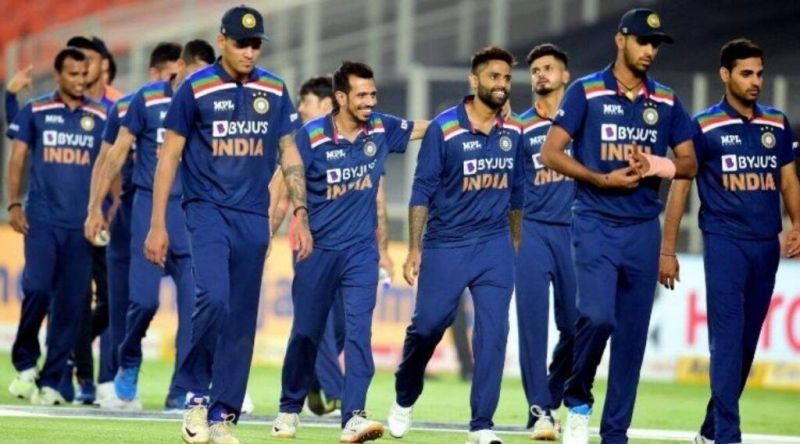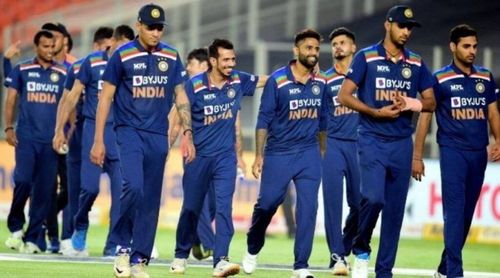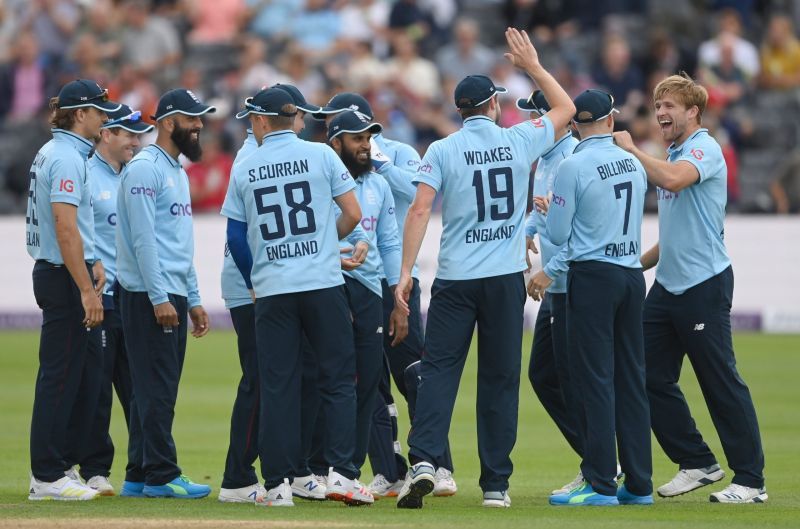
What we can learn from the England-Pakistan and Sri Lanka-India series

Both England and India have had to field their B-teams as COVID-19 struck England's camp, and India had a World Test Championship final and an important Test series against England coming up. A tightly contested series between evenly matched sides was expected, as England and India were fielding their supposed B-teams.
But as things turned out, a second-string England comfortably defeated a full-strength Pakistan side in ODIs as well as T20s. Sri Lanka too lost to India's second-string team in ODIs but won the T20I leg as the Indian camp was hit by COVID-19.
Both these series have shown the widening chasm between The Big Three and the rest of the chasing pack.
India, Australia and England are a cut above the rest
The Big Three of cricket consisting of India, Australia and England have largely dominated cricket, especially in the last decade. The three nations are the only ones that have consistently produced world-class talent in all departments of the game.
They have been the powerhouses in the game, as cricket is one of the most popular sports in the three countries. The three countries generate the most amount of revenue and, in turn, have been able to invest in domestic cricket, which has helped them create a large talent pool. Part of the credit for that goes to T20 leagues like the IPL and the Big Bash for grooming young talent and preparing them for the rigours of international cricket.
India have lost just one ODI series in the last four years to a team outside the Big Three, losing to a decent New Zealand side away from home. It is mind-blowing that none of the teams outside the big three have been able to beat India despite playing many games.
Meanwhile, England have focussed primarily on white-ball cricket since their 2015 World Cup debacle, and have reaped the rewards by winning their first-ever cricket World Cup. They also possess good bench strength, at least in limited-overs cricket, which was evident in their recent series against Pakistan. They too haven't lost to a team outside the Big Three in the last four years.

Australia have had some mixed results in the past few years, but remain a formidable unit when at full strength.
The chasing pack is going backwards
While the Big Three continue to dominate cricket, teams like Sri Lanka, South Africa and Pakistan have produced largely underwhelming performances. These teams who once had legends of the game in their ranks haven't been able to produce players of the same class.
Both South Africa and Sri Lanka have followed a similar pattern in their decline. South Africa, who once went nine years without an away series loss in Test cricket, now look a pale shadow of Graeme Smith's all-conquering side. The team has been largely weakened by the departure of legends like Jacques Kallis, Hashim Amla, AB de Villiers and Dale Steyn.
Sri Lanka's fall from grace has also been well documented since the retirements of Mahela Jayawardene and Kumar Sangakkara.
Pakistan have always been an unpredictable team, capable of beating any side on their day. But those good days have been few and far between since their big victory in the 2017 Champions Trophy. West Indies are great in the 20-over format, but their ODI and Test performances leave a lot to be desired.
New Zealand are the only team that has consistently beaten the top three sides, evident by their victory in the World Test Championship final. They are doing extremely well with the squad they possess, but may not have the resources of the Big Three to regularly dominate the game.
All of the above-mentioned teams have had short periods of dominance, but haven't been able to sustain it for a longer period of time. For cricket to thrive, these teams need to return to their best soon.